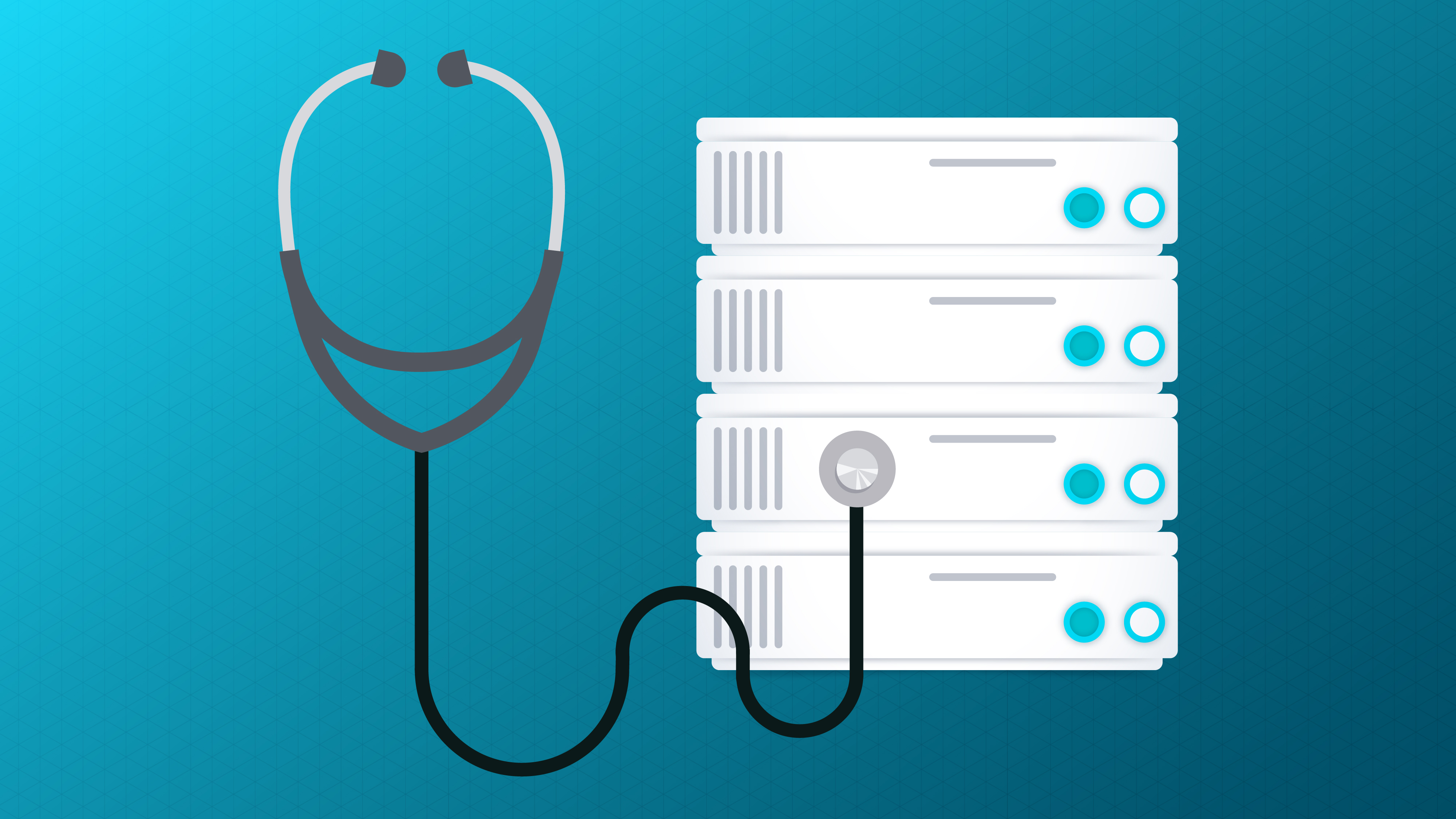Greetings all,
due to several unfortunate events (a.k.a. stupidity), one filesystem was accidentally left out of backup. I was, therefore, wondering if anybody has some experience with any of the recovery tools, e.g., https://github.com/Stefan311/ZfsSpy, Klennet ZFS Recovery software, and the like?
As I do not want to attempt the recovery on the active system, I would first like to replicate the affected filesystem onto a different drive. How do I do that so that I save all (even the missing) data? Use
If worst comes to worst, I can attempt to regenerate the data, but it will be a long and arduous process. So even if I could restore only some of the data, it would be a great help.
Kindest regards,
M
due to several unfortunate events (a.k.a. stupidity), one filesystem was accidentally left out of backup. I was, therefore, wondering if anybody has some experience with any of the recovery tools, e.g., https://github.com/Stefan311/ZfsSpy, Klennet ZFS Recovery software, and the like?
As I do not want to attempt the recovery on the active system, I would first like to replicate the affected filesystem onto a different drive. How do I do that so that I save all (even the missing) data? Use
dd?If worst comes to worst, I can attempt to regenerate the data, but it will be a long and arduous process. So even if I could restore only some of the data, it would be a great help.
Kindest regards,
M


